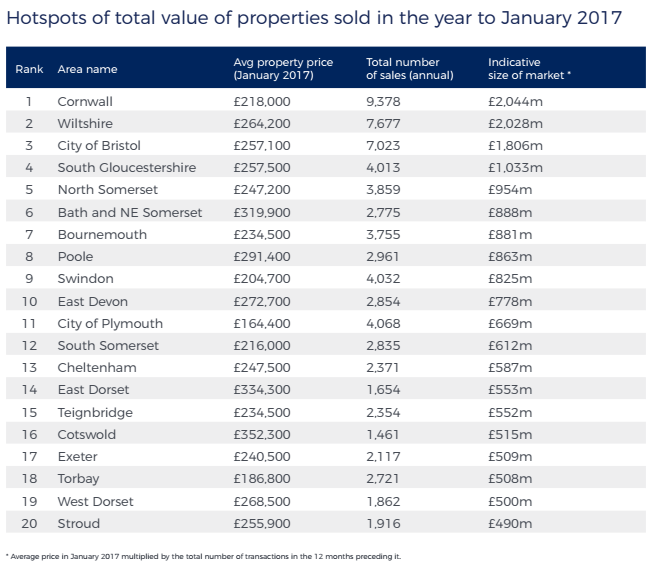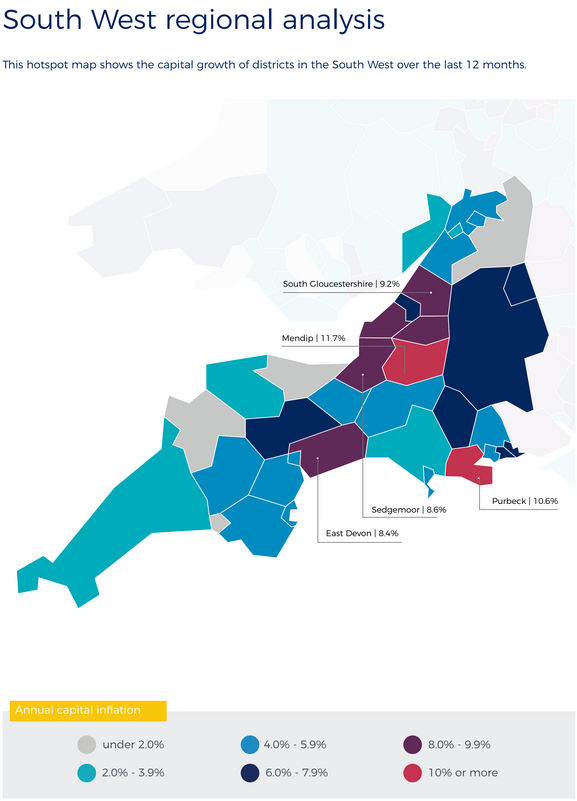Election result 2017: what will it mean for the housing market?
The UK wakes up today to the shock news that there is a hung parliament with no party winning the required 326 seats to form a majority. Clearly the decision to call a snap general election has backfired with the original 15 percentage point margin between the two major parties in polls materialising as just a 3-percentage point margin.
There will be a period of uncertainty as the new government forms. We have a good idea of what a Conservative minority government may look like for the housing sector from analysing their manifesto and previous commitments and what we do know is the housing sector needs a government that understands the housing crisis needs to be a priority.
What should we expect from Teresa May and the Conservatives as the largest party in the House of Commons in the housing sector?
In a recent report it was alleged that a higher percentage of homeowners thought that the Tories policies were more relevant and sympathetic to homeowners, but do sales and lettings agents working in that sector feel the same?
So what should we all expect in the next four years?
It is very unlikely that the government will amend or reverse changes to Stamp Duty, why would they? It is raising extra income for the treasury. It is also cooling the UK housing market and reducing transactions levels enabling first-time buyers to get onto the property ladder.
The proposed tenant fee ban concluded its consultation process on the 2nd June and the outcome will be delivered shortly. The ban has already been implemented in Scotland and Wales and so it appears it may be a foregone conclusion.
But the real elephant in the room is the announcement within the Tory party manifesto that they intend to hold a full housing review, with particular emphasis on the cost of moving. They intend to make it cheaper for customers. Although in the short term this may be sidelined by other priorities, at some point this pledge will be delivered.
Is there a vendetta against the sector? Or will the Conservatives be considered a party that estate agencies can rely on to produce policies for growth?
None of us, unfortunately, know the answer to that.
Source: Iain Mckenzie, CEO GUILD OF PROPERTY PROFESSIONALS



